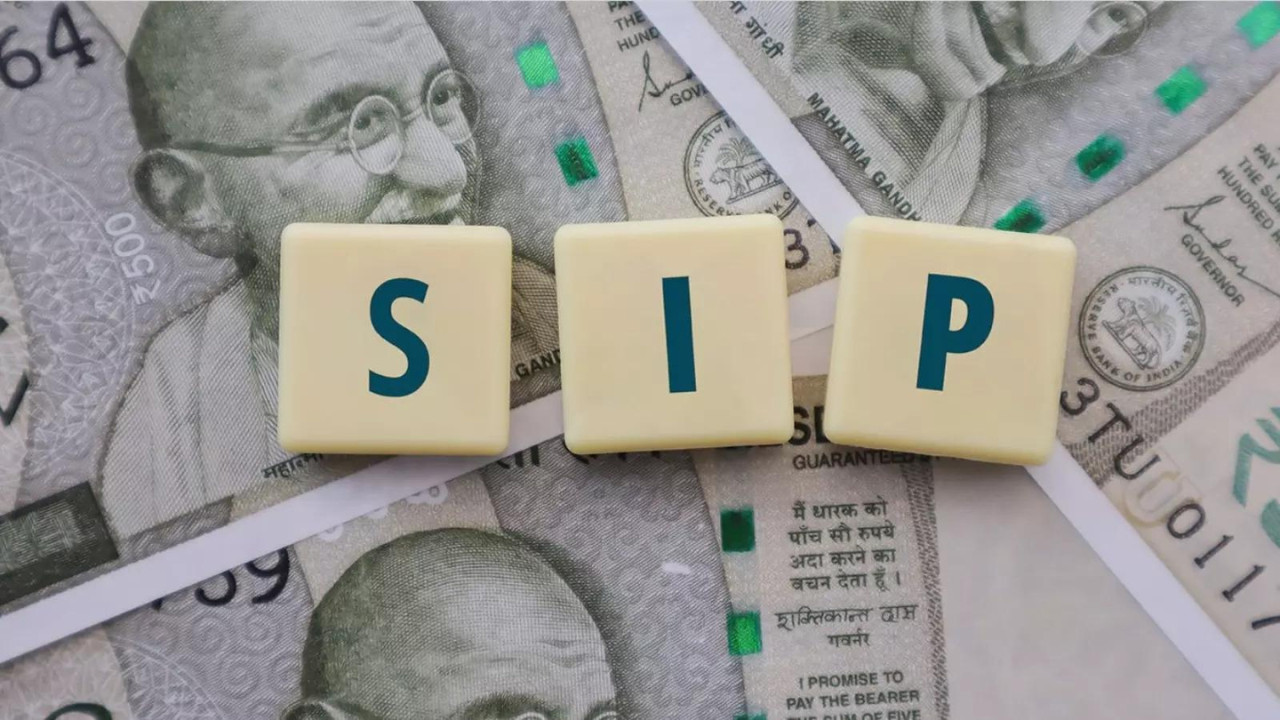Giving Indian Exports a Boost: The New Export Promotion Mission
India’s export landscape is evolving, and the government is stepping up with a robust plan to bolster its global presence. The freshly unveiled Export Promotion Mission (EPM) aims to inject new energy into the sector, addressing the challenges posed by tariffs and fostering a more competitive environment. This isn’t just about maintaining the status quo; it’s about strategically propelling Indian businesses onto the world stage.
The centerpiece of this initiative is a substantial ₹25,000 crore package, designed to cushion the impact of tariffs and incentivize growth. But the financial injection is only one piece of the puzzle. The EPM is also introducing two new, targeted programs that promise to streamline processes and enhance support systems for exporters.
A Double Dose of Support: The New Programs
Details are still emerging, but the anticipation surrounding the two new programs is palpable. The government is keeping specifics tightly under wraps for now, but the overall goal is clear: to provide practical, on-the-ground assistance to Indian exporters. The programs are expected to address key pain points, such as navigating complex trade regulations, accessing market intelligence, and securing financing.
Imagine a small textile manufacturer in Surat, struggling to compete with larger international players due to tariff barriers. Or a budding software company in Bangalore, eager to expand into new markets but unsure of how to navigate the legal and logistical hurdles. These are the businesses the EPM hopes to empower. By providing targeted support and resources, the government aims to level the playing field and unlock the potential of Indian exporters.
More than Just Money: A Strategic Vision
The EPM is more than just a financial package; it represents a strategic shift in how India approaches export promotion. The government recognizes that in today’s interconnected world, simply producing high-quality goods isn’t enough. Businesses also need the knowledge, tools, and support to effectively market and sell their products globally.
This holistic approach is crucial for sustained success. The EPM aims to create a more resilient and dynamic export sector, capable of weathering economic fluctuations and capitalizing on emerging opportunities. For example, by fostering innovation and encouraging the adoption of new technologies, the government hopes to help Indian exporters develop a competitive edge in high-growth sectors.

Will It Work? Challenges and Opportunities
While the EPM holds immense promise, its success will depend on effective implementation and collaboration. Close coordination between government agencies, industry associations, and individual businesses will be essential to ensure that the programs reach those who need them most.
One potential challenge is ensuring that the benefits of the EPM are distributed equitably across different sectors and regions. Small and medium-sized enterprises (SMEs), which often lack the resources and expertise of larger corporations, will need targeted support to take full advantage of the new opportunities.
Another key factor will be the government’s ability to adapt the EPM to the ever-changing global landscape. Trade policies, technological advancements, and consumer preferences are all in constant flux, so the EPM must be flexible and responsive to remain relevant and effective. For example, if a new trade agreement opens up new markets, the EPM should be able to quickly provide Indian exporters with the information and resources they need to capitalize on the opportunity. Consider reading more about how Indian regulations can affect small businesses.
Ultimately, the success of the EPM will depend on the willingness of Indian businesses to embrace innovation, invest in quality, and adapt to the demands of the global marketplace. With the right support and a strong sense of entrepreneurship, Indian exporters have the potential to thrive in the years to come.
The Future of Indian Exports
The Export Promotion Mission represents a significant step forward in India’s efforts to boost its exports and strengthen its position in the global economy. By providing financial support, streamlining processes, and fostering innovation, the government aims to create a more competitive and resilient export sector. While challenges remain, the EPM offers a promising framework for sustained growth and prosperity. Only time will tell the full impact of the EPM, but the initial signs suggest a positive trajectory for Indian exports.







